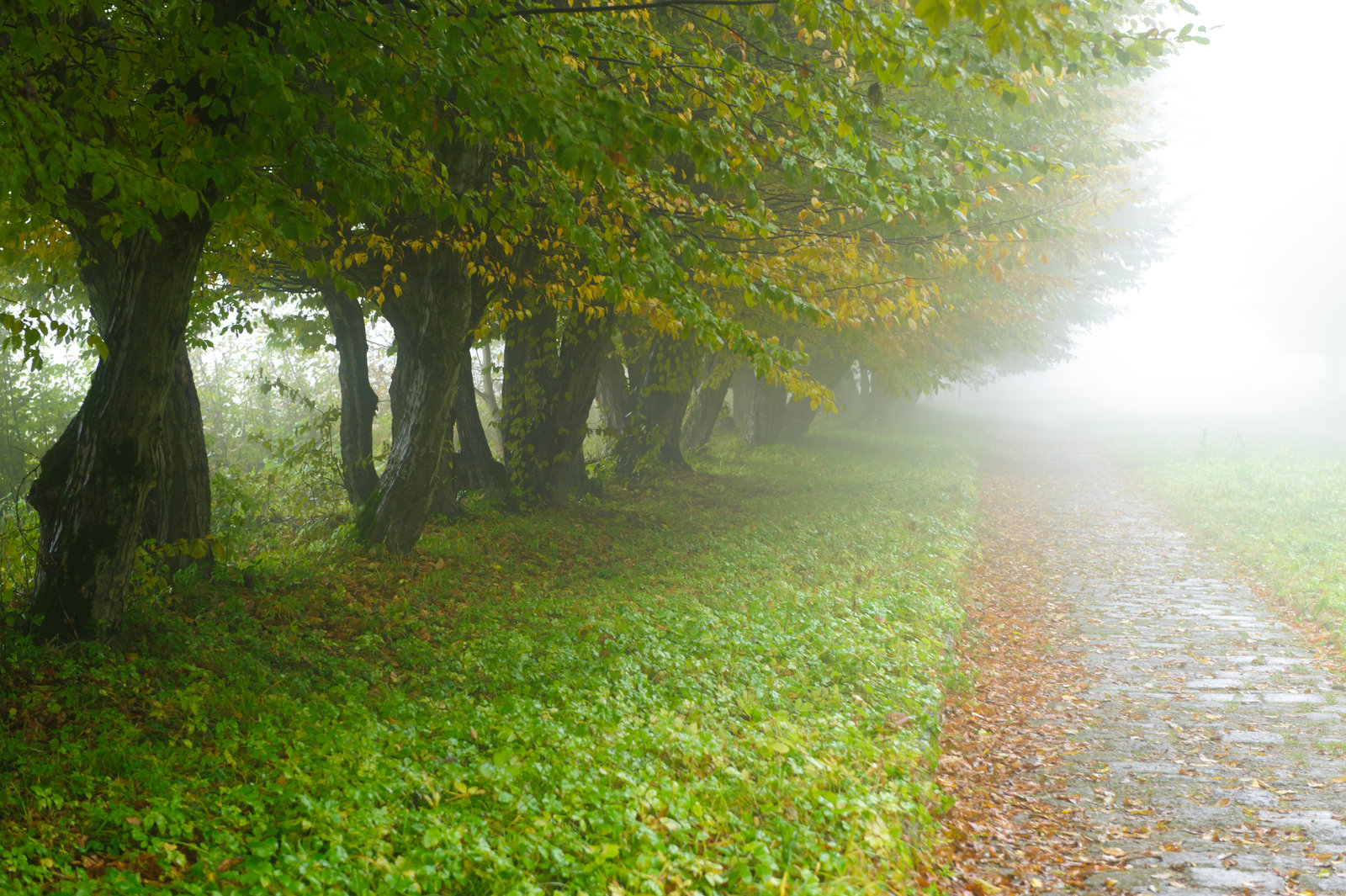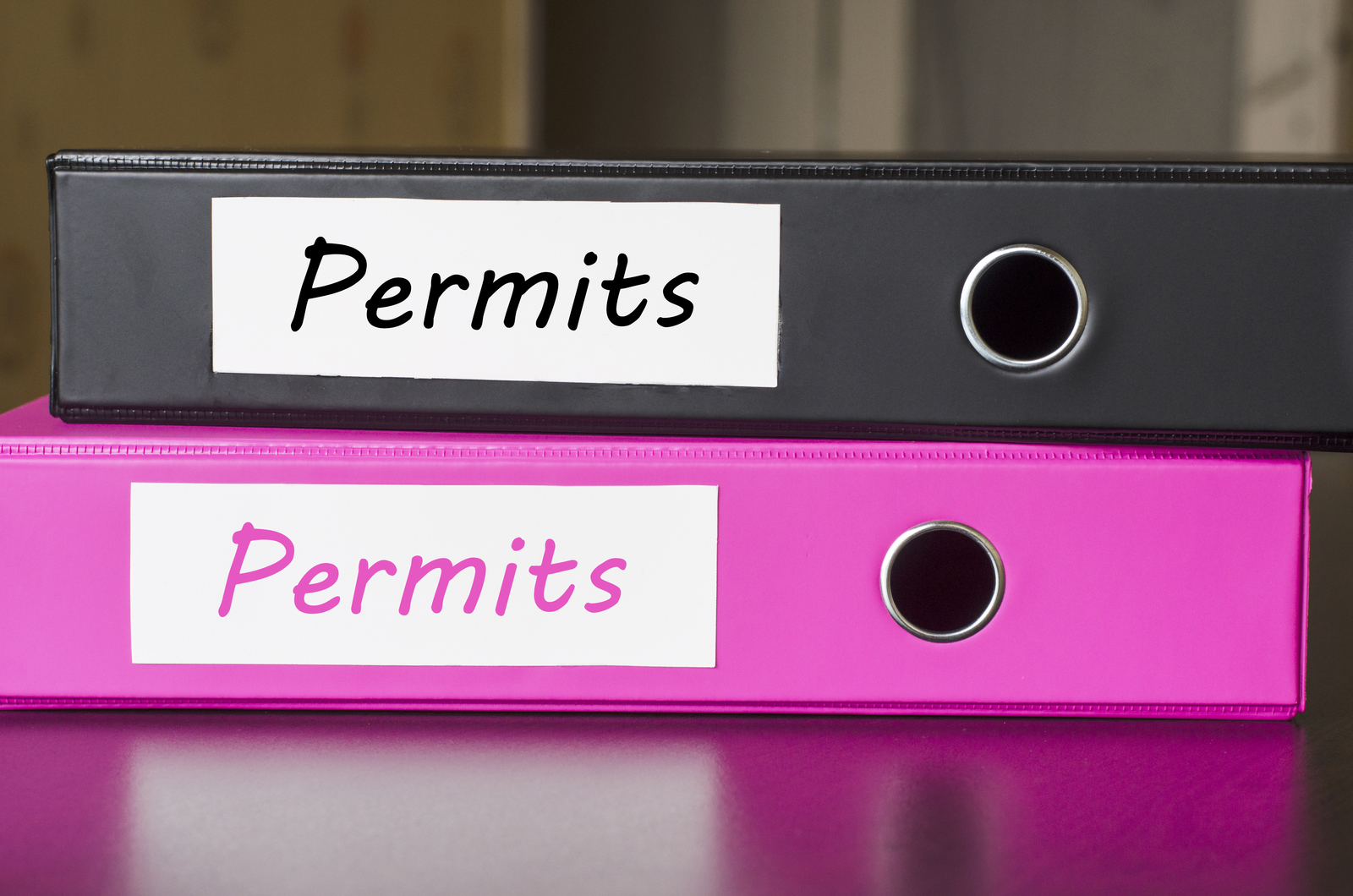The first recorded Yurt was in 400 CE. Since then, modern conveniences have found their way into these traditional dwellings. Electricity is one of the modern conveniences that can be added to your yurt unlocking the potential for lights, outlets, along with heating and cooling options if desired or needed.
Is Installation Easy?
Electrical, and plumbing, are very easy to install in a yurt. Both can be run up through the floor and up any interior walls you’ve added inside.
Often, walls will be installed for a bathroom in the yurt, which works great as a kitchen wall to run plumbing and electrical through. The rafter’s overhead is great for adding lighting to your home.


The first thing that you will need to do is to assess the facilities on site. Your location is going to dictate the ability to add electrical and plumbing.
If the land you’re putting your yurt on already has an electrical utility hookup it will be much easier for you to add electricity.
The same goes with the plumbing and septic hookups. If there is no access for you to hookup to either a septic tank or municipal sewage, you will need to arrange for a septic storage tank on site.
Another alternative would be to design an off-the-grid approach to the waste (such as using a composting toilet).
Adding electricity and plumbing may require planning and permitting depending on your local building codes and should be handled by a local licensed expert. Any local contractor will be able to help you out in this area.
Another alternative would be to design an off-the-grid approach to the waste (such as using a composting toilet).
Adding electricity and plumbing may require planning and permitting depending on your local building codes and should be handled by a local licensed expert. Any local contractor will be able to help you out in this area.
What About Heating And Cooling?
The first step would be to upgrade your yurt to include an insulation package. That would help to improve the efficiency for heating and cooling your yurt.
Heating a yurt is traditionally accomplished with a wood or gas stove vented through one of the walls of the yurt.
Radiant in-floor heating is also becoming popular and is an efficient, even way to heat the yurt.

There are also ways that you can do to keep your yurt cool during summer days. The most important thing to keep in mind is good ventilation by utilizing good window and door placement for a cross-breeze and adding a dome-vent to the top of your yurt.
With having electricity and plumbing to your yurt you have the option to add an evaporative swamp cooler, an air conditioner, or a ductless mini-split AC unit.
What Are Some Options For Heating?
Heating techniques that work in a stick-framed home will also work for your yurt. By placing your yurt on a wood platform with space underneath the floor, there is room to run ducts for heat pumps and central heating systems. There are also options for ductless heat pumps if you’d prefer.


If you’ve run electrical utilities to your yurt then you have a few options to choose from. Electric heaters are a popular choice. Another great option would be to go with radiant heating either by going with a below-floor or wall units. Some yurt owners have had some success with using solar power to heat their yurts.
Stoves, such as; propane, pellet, and wood, will also work, but will need to be vented through the wall rather than the roof as this will make it easier to clean the chimney while also reducing the chance of having roof damage to your yurt from venting embers.
It’s always a good idea to have two sources for heating in case one of them goes down, especially in areas where snowfall is heavy in the winters.
An example would be, if you have electricity for an electric heater, you would also have a wood stove for those instances where the electrical grid is out. A generator could also be a great option as a backup source of power if you have an electrical heater.
What Kind Of Lighting Can I Have In My Yurt?
If you have any kind of energy source, i.e., utility hookup, wind, solar, etc., then you can use any form of lighting that you have access to. Yurt owners will typically have on hand some emergency lighting options, like candles or flashlights.
Low-voltage has become pretty popular among yurt owners because it doesn’t require a lot of power. LED lights only take a slight amount of power to run and make a great efficient and cost saving alternative, while also giving your yurt a more glamping feel to it.

Track lighting can also be used to light your yurt. You can mount the lights along a single rafter, or across multiple rafters. Overhead light fixtures can be mounted at various points between the rafters. Almost anything you can think of can be used to light your yurt.
What Else Can I Do To Keep Heat In My Yurt?
When in the construction phase of your yurt, be sure to consider where the best location from the elements would be to place it, especially in regard to winters. Strong winds can be reduced by placing your yurt behind a berm, or in an area with trees blocking the wind.

By facing the door away from the most prevalent winds, it will protect your door and keep it from banging and slamming in the wind.
Finding a location that will allow for winter sunshine will allow for passive heating of your yurt. If you have deciduous trees in your location, it will give you shade in the summer but will give you passive heating in winter once the leaves have dropped.
Heat can also be lost through the floor of the yurt. Adding insulation will help reduce the heat that is lost.
Adding rigid foam insulation between the floor joists is an easy and fairly inexpensive way to increase the heating in the floor. You could also put a plywood skirting around the platform. This would help by stopping cold air from flowing beneath the floor.
The Bottom Line
If you have access to electrical hook ups, installing electricity to yurt will be easy! There are also other options, like wind or solar energy. Either way, it’s still important that you check with the building codes in your area, apply for the appropriate permits if necessary, and get professional help when installing all features. These steps will ensure that your yurt is safe and up to code!



